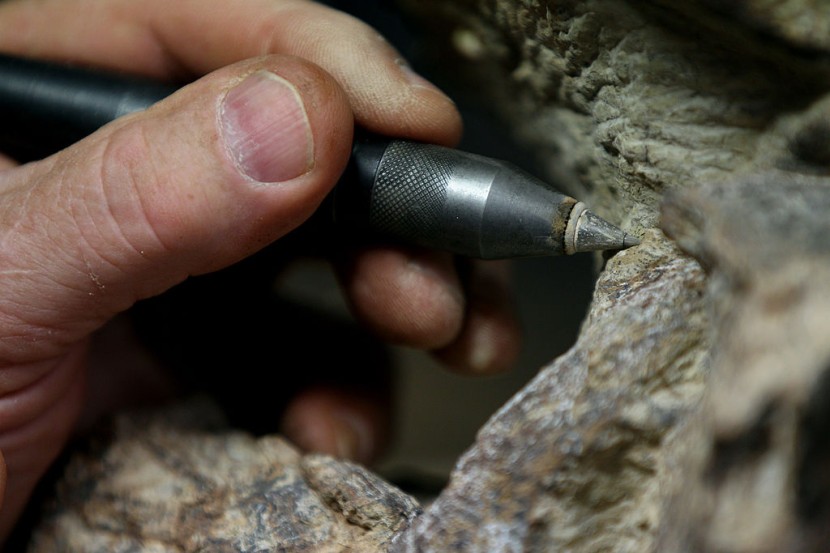Archeologists discovered bones and tools that are estimated to be roughly 45,000 years old and provide evidence that some say could "rewrite" human history.
The discovery provided insight into early humans where pioneering groups braved icy conditions in order to settle in northern Europe. Scientists said that the finding was a "huge surprise" because it would mean that they lived in the region alongside Neanderthals.
Discovery of 45,000-Year-Old Bones and Tools

The international team of researchers that made the discovery found human bones and tools hidden behind a massive rock inside a German cave. There, they found the oldest traces of Homo sapiens ever discovered so far north.
Some argued that the finding could rewrite the history of how the human species populated Europe and how it came to replace the local Neanderthals. The latter mysteriously went extinct only a few thousand years after humans arrived.
When the two species existed in Europe at the same time, there was a "replacement phenomenon" between the Middle Paleolithic and the Upper Paleolithic periods. The research into the new finding was led by French paleoanthropologist Jean-Jacques Hublin, as per CBS News.
Scientists noted that archaeological evidence, including stone tools from both species, has been discovered dating from this period. However, determining exactly who created what is something that has proven difficult because of a lack of bones.
What is particularly puzzling for experts have been tools from what they called the "lLincombian-Ranisian-Jerzmanowician" (LWJ) culture found at several sites north of the Alps, including in England and Poland.
One of these sites is located near the town of Ranis in central Germany and was the focus of three new studies that were published in the journal Nature. Experts partially excavated the cave in the 1930s but the recent team had hoped to find more clues between 2016 and 2022.
Scientists were able to find microscopic fragments of protein and DNA from those uncovered bones inside the eight-meter-deep cave dirt. Genetic analysis of the fossils suggested that modern humans were the ones who created distinctive leaf-shaped stone tools that were previously credited to Neanderthals, according to CNN.
Rewriting Human History in Central Europe
Hublin said that the Ranis cave site provided evidence for the first dispersal of Homo sapiens across the higher latitudes of Europe. She noted that this fundamentally changes previous knowledge regarding that particular period in time. It means that Homo sapiens reached northwestern Europe long before Neanderthals disappeared in southwestern Europe.
An archaeologist at the University of La Laguna in Spain, Sarah Pederzani, said that the finding shows that even earlier groups of Homo sapiens traveling across Eurasia already had some capacity to adapt to such harsh climatic conditions.
She noted that up until recently, experts believed that resilience to cold-climate conditions did not appear until several thousand years later. Pederzani added that cold steppes with larger herds of prey animals became more attractive environments for the groups of ancient humans compared to previously anticipated.
Hublin said that there was no one wave of Homo sapiens who moved into Europe and replaced Neanderthals, but successive pulses of groups that were moving into new territory. Over time, across several millennia, they then completely replaced Neanderthals, said LiveScience.
Related Article:
Found at Last? Ocean Explorers Possibly Discover Amelia Earhart's Plane








